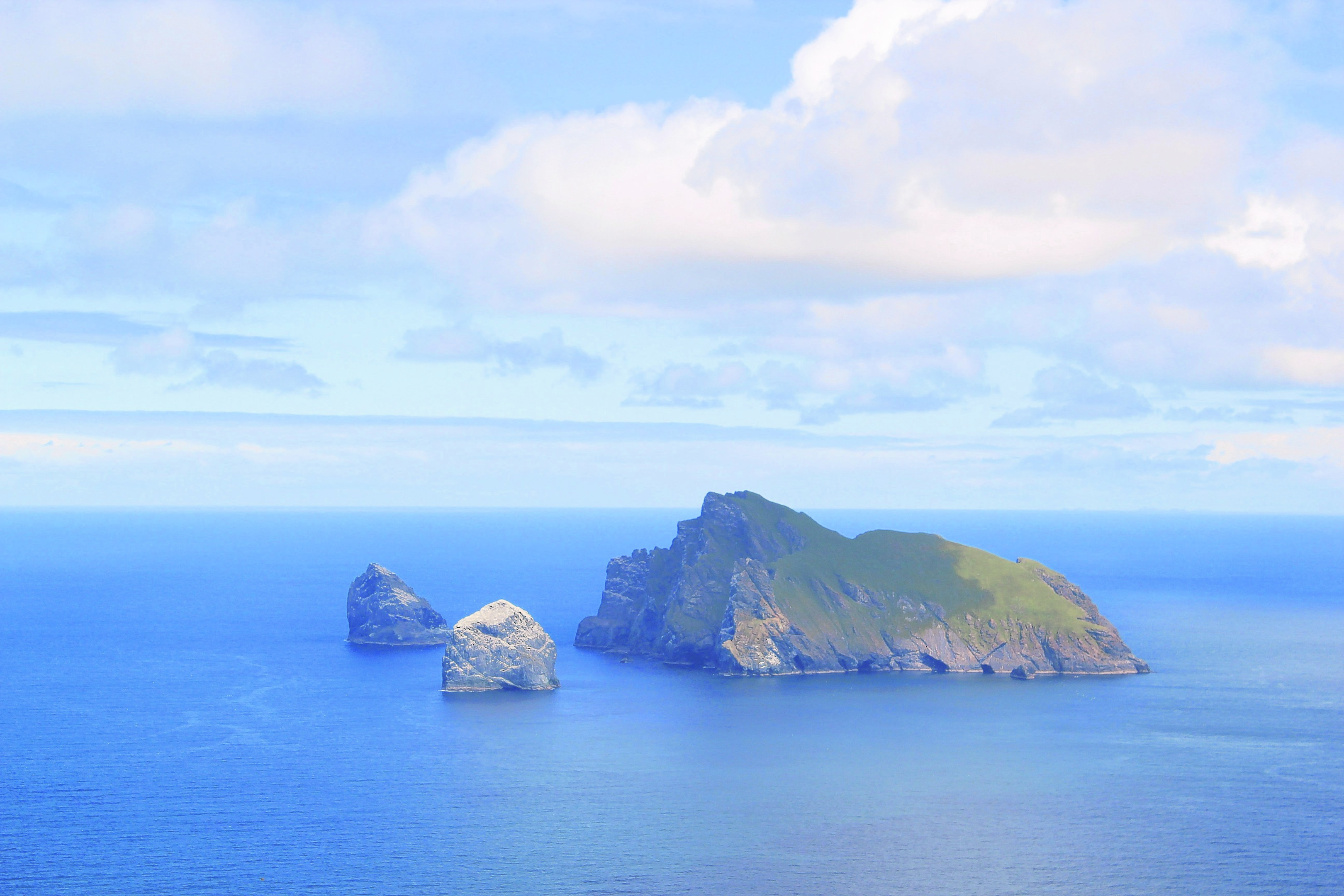The “stunning” marine life in the waters around St Kilda – the most remote outpost of the British Isles – has been captured by researchers carrying out a study of its reefs and sea caves.
A team of divers carried out a far-reaching survey around the islands for Scottish Natural Heritage (SNH) and found the waters to be in “good condition” – as well as discovering a new species of coral.
The St Kilda archipelago – home to nearly one million seabirds – is the UK’s only dual Unesco World Heritage Site for both its natural and cultural significance.
>> Keep up to date with the latest news with The P&J newsletter
The famous Hebridean island, lying 41 miles west of the Isle of Benbecula, was bequeathed to the National Trust for Scotland in 1957.
The St Kilda islands were famously abandoned in 1930 at the request of the remaining 36 islanders when life on the edge of Britain in the Atlantic became unsustainable.
They now get thousands of tourists a year.
The survey was carried out to judge the current condition of the sea caves in the archipelago and in North Rona, north-west of Cape Wrath.
An SNH spokesman said: “The purpose of the St Kilda survey was to judge the current condition of the site and to establish a baseline against which future assessments of its special features could be made.
“Weather conditions severely interrupted the team’s plans but they managed to survey four caves at St Kilda, returning with valuable data and a collection of stunning photographs.”
The team concluded that the site was in “good condition”.
The researchers also discovered a new species of soft coral (Clavularia) within one of the St Kilda caves.
SNH said that St Kilda hosts huge seabird populations, including the world’s second largest colony of North Atlantic gannets.
The waters around St Kilda are part of Scotland’s Marine Protected Areas (MPA) network, designated a Special Area of Conservation (SAC) for their reefs and sea caves, which attract a wealth of spectacular sea life.
People only now live on Hirta on a temporary basis to work at a military site – linked to the Hebrides missile test range – or on wildlife conservation projects.
